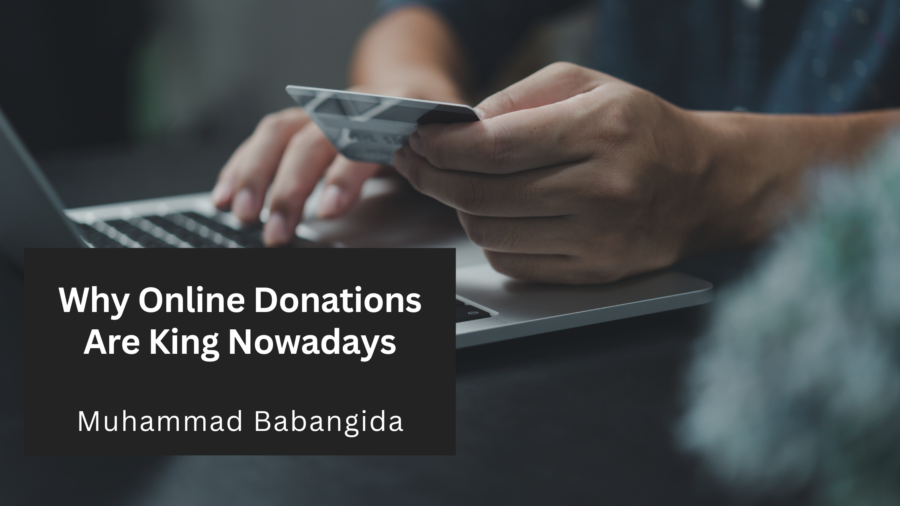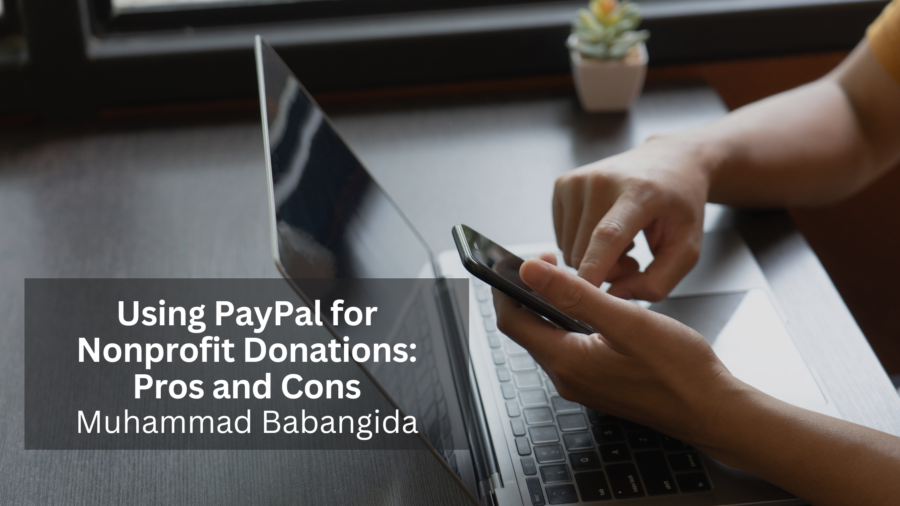Remember the days of rummaging through your purse for cash or writing a check for your favorite charity? Those days are slowly fading, thanks to the rise of online donations. Donating online is convenient; it’s become the preferred method for many generous folks. Here’s why:
Speed and Simplicity: Let’s face it, life is busy. Online donations allow you to support a cause you care about with just a few clicks. No more digging for cash or checks – you can donate from your phone, laptop, or even while watching TV. This ease and speed make you more likely to donate, especially for smaller amounts you might otherwise overlook.
More Choices, Wider Impact: The online world opens doors to various charities. You’re no longer limited to the organizations that approach you on the street or send out flyers. You can research causes that resonate with you with a few clicks, from animal shelters in your city to global environmental initiatives. This allows you to target your donations and make a real difference in areas you’re passionate about.
Transparency and Security: Reputable online donation platforms prioritize security. Your financial information is encrypted, and you receive confirmation emails for your contributions. Many platforms offer detailed information about the charity’s work, how your donation will be used, and even the impact it will create. This transparency builds trust and empowers you to donate with confidence.
Recurring Donations Make a Lasting Difference: Setting recurring donations online is a breeze. You can choose a small amount to automatically deduct from your account weekly, monthly, or yearly. These consistent contributions add up over time, providing charities with a reliable source of income to support their ongoing work.
Spreading the Word is Easier Than Ever: Social media integration with online donation platforms lets you quickly share your charitable contributions with your network. This can also inspire others to donate, creating a ripple effect of generosity. The ease of sharing online helps raise awareness for important causes and can even lead to viral fundraising campaigns.
The Bottom Line: Convenience Meets Impact
Online donations are a win-win for everyone involved. Donors can easily support causes they care about, charities receive much-needed financial support, and the world benefits from increased social good. So next time you feel the urge to give back, ditch the checkbook and head online. It’s a quick, secure, and impactful way to make a difference in the world, one click at a time.





